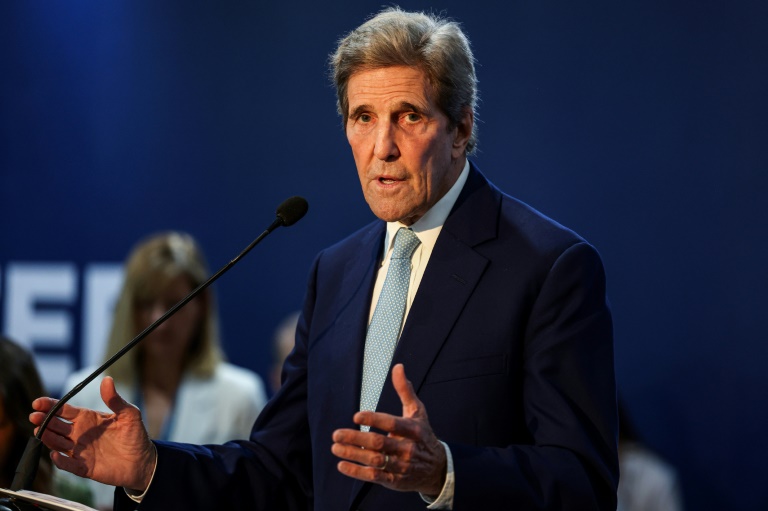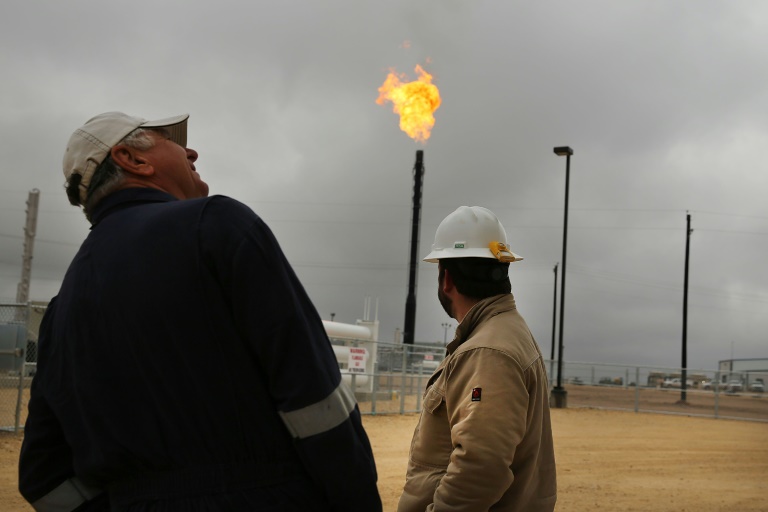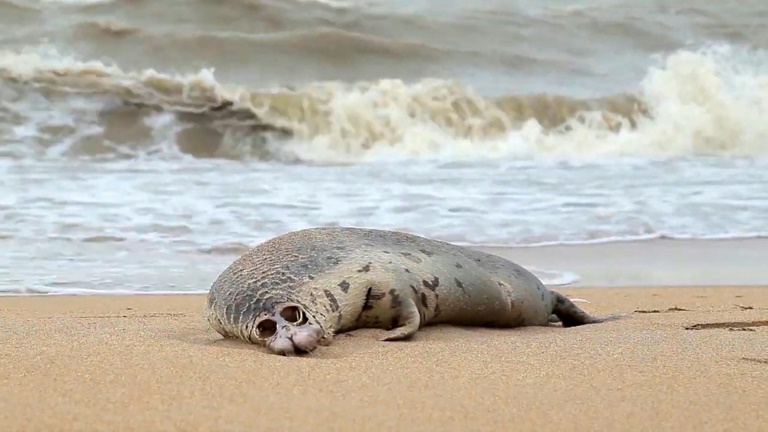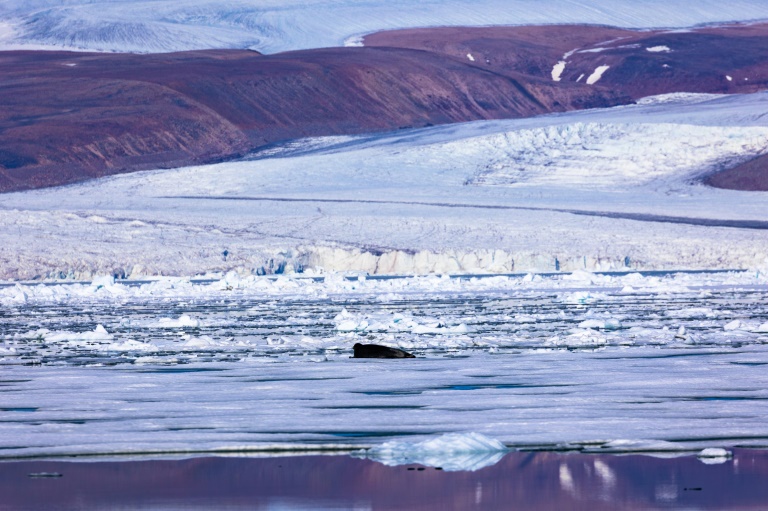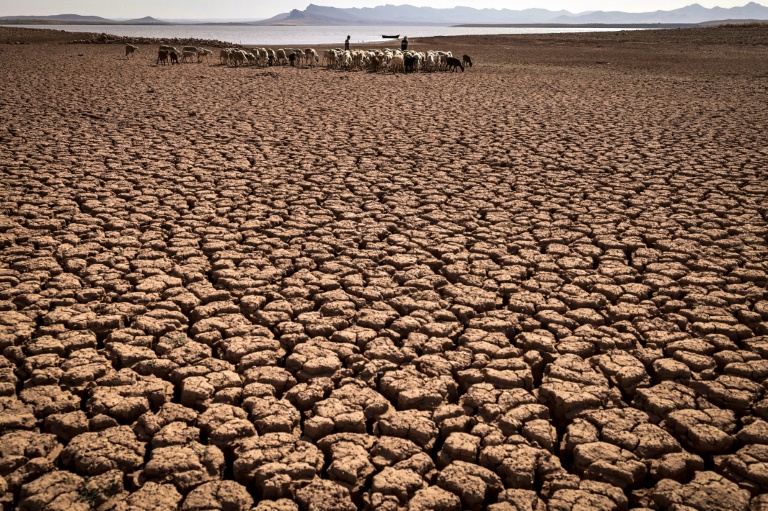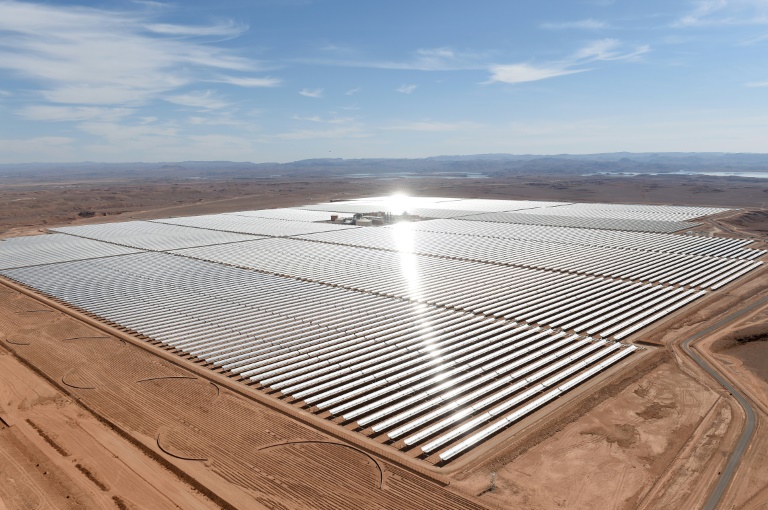US nuclear engineer, wife get long jail terms in sub secrets plot
Jonathan Toebbe, 44, and his wife, Diana Toebbe, 46, were sentenced to long prison terms for plotting to sell submarine secrets to a foreign country
A US Navy nuclear engineer and his wife were sentenced to long prison terms on Wednesday for plotting to sell submarine secrets to a foreign country.
Jonathan Toebbe, 44, and his wife, Diana Toebbe, 46, pleaded guilty in February to conspiring to sell information related to naval nuclear propulsion systems.
Jonathan Toebbe was sentenced to 19 years and three months in prison while his wife, Diana Toebbe, 46, received a prison term of 21 years and eight months, the Justice Department said.
According to court documents, Diana Toebbe acted as a lookout while her husband delivered highly classified information on nuclear submarine technology to the foreign buyer in a series of “dead drops” in the region around their Annapolis, Maryland, home.
The foreign buyer was not identified by the US authorities but The New York Times, citing people briefed on the investigation, said the country was Brazil.
A teacher at a private school, Diana Toebbe initially pleaded innocent to the charge of conspiracy to communicate restricted data.
But she changed her plea after her husband pleaded guilty and in doing so admitted that his wife took part in the plot.
Jonathan Toebbe was a nuclear engineer for the US Navy dealing with nuclear submarine propulsion systems when the two were arrested on October 9, 2021 after he hid a small SD card carrying US secrets at a dead drop location in West Virginia.
Court documents described a tantalizing, spy-novel-like plot in which they traveled hundreds of miles to secretly hand over information, took payments in cryptocurrency, and followed signals made from an embassy building in Washington.
In one message, Toebbe indicated that he had been considering his actions for several years and was happy to work with “a reliable professional partner.”
He also wrote that he had divided all the data he had collected into 51 “packages” of information, and sought $100,000 for each.
But the FBI was following the plot, after having been alerted to it by the target nation in December 2020, though that was nearly nine months after the Toebbes first mailed their offer to the country’s military intelligence.
“The Toebbes betrayed the American people and put our national security at significant risk when they selfishly attempted to sell highly sensitive information related to nuclear-powered warships for their own financial benefit,” Brice Miller, a special agent with the Naval Criminal Investigative Service, said in a statement.


